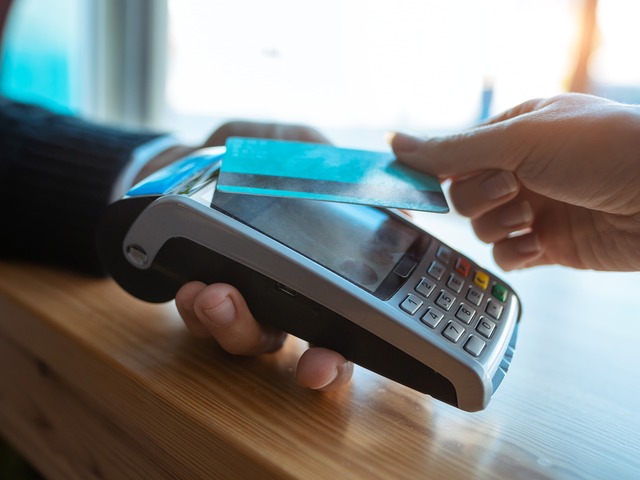Cash in advance and credit transfers are the two main types of payment methods. These methods move money directly from a customer’s bank account to the merchant. Account debits and credits collect customer banking information and pull funds directly from the customer’s bank account, while credit transfers link the consumer’s bank account to a merchant’s bank account. Other methods that act as a layer over banks include Giropay and iDEAL, which operate like digital wallets. A growing category of payment methods is buy now, pay later, which offers instant financing for purchases and is usually repaid in fixed installments.
Cash-in-advance payment terms
In some industries, cash-in-advance payment terms are the norm. This type of payment requires the buyer to pay the seller in advance of receiving the purchased goods. However, cash-in-advance payment terms are not only associated with the online world, but can also be used in international business transactions. For example, companies that sell used cars may use cash-in-advance payment terms to ensure that the buyer has the funds before receiving the car.
In some markets, cash-in-advance payment terms are not available. In such cases, businesses may have to resort to contingent guarantees. Similarly, letters of credit can be the next best thing to cash-in-advance payment terms in complex markets. A letter of credit is a document that a financial institution will honor if a buyer fails to make the payment. Letters of credit can be fully funded or unfunded, but a fully funded letter of credit acts like an escrow account.

Digital wallets
Compared to traditional cash payments, digital wallets carry less risk. Digital wallets use tokenization to create an individual one-time code for each transaction. These wallets reduce the risk of fraud and identity theft by requiring two-factor authentication, such as a unique passcode or facial recognition, to access your account. As a bonus, digital wallets are free to use. These payment methods can make purchases much easier and more convenient.
Traditional payment methods have many risks, and digital wallets present a number of these risks. Fraudulent activity is a concern because digital wallets make it easy for criminals to store card information and make fraudulent purchases without ever having a physical card. However, because of their low risk, they aren’t as sticky as traditional bank accounts. If you’re considering switching to digital wallets, be sure to educate yourself about the potential fraud risks associated with these payment methods.
Commercial cards
Many buying organizations are looking for new ways to enhance security, visibility, and efficiencies in their payables. Commercial cards are a great option for this purpose because they have lower risks. In addition to offering lower costs, commercial cards can also simplify the acceptance process and improve the customer experience. Commercial cards also often have the highest interchange rates, which make them an attractive choice for B2B payments. Learn how to secure your commercial card program.
In addition to the advantages, commercial cards are a great way to manage cash flow. While many large companies in the CEMEA region already use corporate cards, these payment methods are underutilized in the Middle East. Many large businesses still rely on checks, electronic transfers, or cash. But these methods are not without their own set of risks. A commercial card can help your company avoid these potential hazards. These benefits make this payment method a smart choice for small businesses and corporations.
Direct debits
The benefits of Direct Debits outweigh the risks. This payment method allows businesses to collect recurring fees without incurring a transaction fee, and it can also reduce the overall cost of running a business. A fully branded solution will give your customers the feeling that they are dealing with a trusted brand. You can also increase customer confidence by including your business name or logo on the paper mandates and bank statements. In addition to improving your customers’ experience, a fully branded solution will reduce your customers’ cancellation numbers and help you collect more Direct Debits.
In the United States, direct debit payments are processed through an Automated Clearing House (ACH). The biller initiates the request with the ACH, which processes the request and settles outstanding balances on various accounts. These processes can take up to two business days to complete, but the benefits far outweigh any initial costs. Further, Direct Debits are a convenient way to pay bills on time.